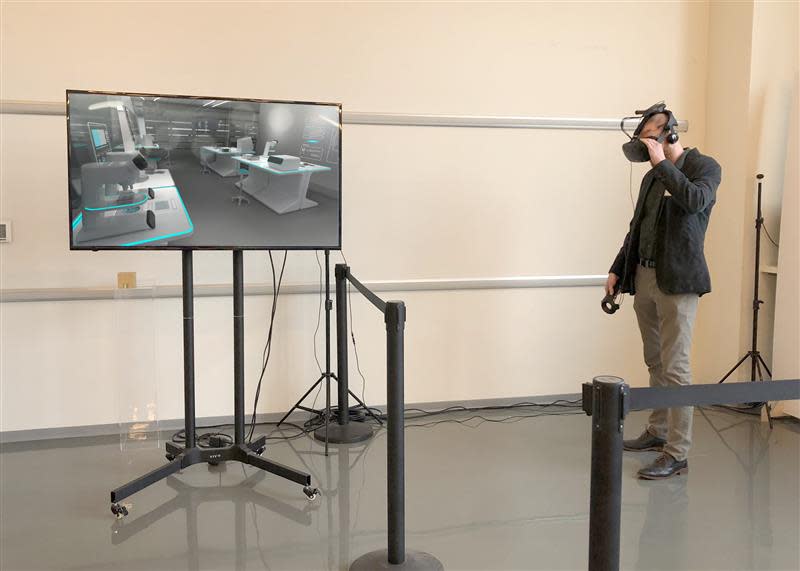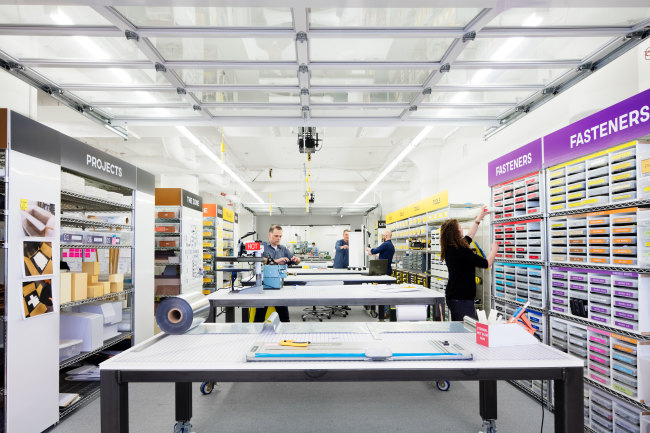
Flight simulators are nothing new. For more than a century, they’ve trained the greenest commercial and military pilots outside the cockpit. What has changed over the years is the sophistication of the simulators in better preparing pilots for unexpected circumstances during flight—helping to sharpen their focus, and improving performance and safety, when they fly.
The latest evolution in this technology, virtual reality (VR) flight simulators, recently floated into the market, enabling pilots to experience a flight in an environment that is as close to actual flight practice as it can get. This effectiveness has now pushed VR way beyond flight training. According to Gartner, “By 2022, immersive solutions will be evaluated and adopted in 35% of large-enterprise businesses in the training and simulation industry, up from less than 1% today.”
Assuming you’re not already running a flight school, the question you should be asking is: How appropriate is VR training for your business?
We can navigate this question by identifying the benefits of virtual flight simulation and quantify the value of this type of training. We’ve found that there are five such criteria—complexity, emotional intensity, responsibility, high expense, and unpredictability—for activities that make for good VR training scenarios.
1. Complexity
Flying a plane demands considerable knowledge, skill, spatial awareness, and practice. Training that requires interaction with a space or physical machinery that’s not readily accessible can be well-simulated with VR. In this way, we created a VR-based oil rig training solution to familiarize employees and candidates with the rig, equipment, and procedures before they arrive on site. How complex are your environments and tools?
2. Emotional Intensity
The ability to stay calm even in emergency scenarios is paramount for pilots. VR is immersive, which means it is extremely good at tricking our brains into believing the context presented; it excels at simulating emergencies, but it can also train employees to be more empathetic when interacting with people in emotionally challenging terrain. Beyond scary situations, VR could be used to train healthcare professionals to be more effective by better connecting with patients who are experiencing emotional turmoil. Fidelity teaches call-center employees to be more empathetic with (sometimes frazzled) customers, by using VR. Do your people need to perform in emotional situations?
Embedded content: https://www.youtube.com/watch?time_continue=9&v=2kPVDjzytvoEPAM’s Motif platform brings together immersive experiences and biometric data to evoke specific emotional responses, influencing behavior change in real-time and for the long term.
3. Responsibility
Pilots have human lives—many of them—in their hands. If you’re training people for life-or-death experiences, then immersive training might be appropriate. In VR, police officers could experience high-speed pursuit or other encounters with criminals. Such immersion would prepare those whose jobs carry heavy human responsibility. One such case is the US military, which employs VR technology to train solders in the Air Force, Army, and Navy. Think about the burden of responsibility for your employees. Could VR training help them to carry it?
4. High Expense
Making mistakes with real planes is prohibitively expensive. With VR-based simulations, you can crash all day, every day and there’s no need to buy or maintain new airplanes. As an added benefit, pilots can train anywhere in the world and get more experience. Same goes for learning to operate or service mining trucks, submarines, or any other types of heavy machinery. They can be simulated with VR at significantly reduced cost. Linde, for instance, virtually trains their plant operators remotely—sometimes even before developing a plant! The upshot is that VR can save you money in so many ways. What would you never have to replace or maintain by switching to virtual training?
Embedded content: https://www.youtube.com/watch?v=9Lttvj0of7U&feature=youtu.beEPAM Continuum used VR as an inexpensive way to mock-up an entire gate experience and reimagine it for Southwest Airlines.
5. Unpredictability
Some events happen so rarely, so randomly that it’s impossible to provide experiential training for them. So much can go wrong during a flight, and the ability of pilots to respond—calmly—to emergency situations is paramount. Similarly, surgical complications, natural disasters, and terrorist attacks are rare and often unpredictable. People who handle these situations must find a way to realistically prepare ahead of time. Walmart uses VR to get employees ready for Black Friday, the busiest and often one of the most unpredictable days for any retailer. What unpredictable events will your workforce face and what would it be worth to have experienced them ahead of time?
Immersive Training Readiness
Even if one or two of the above criteria are true, it’s worth exploring whether immersive technology-based training could save money, reduce risks, and improve effectiveness. If three or more criteria are true, then your industry or profession is a prime candidate for VR-based training solution.
At EPAM, we help clients identify proper use cases, fabricate prototypes, pilot them to validate both the idea and the user experience, and then build out and commercialize them.
An example of this process is the “Lab of the Future” which we recently designed and created with the needs of pharmaceutical researchers in mind. Using VR technology to both validate the set-up and train personnel how to operate it, we believe the Lab of the Future use case scores high on many criteria listed above.
• Complexity. Lab training is multifaceted, due to the complexity of the work and the advanced equipment employed.
• Emotional Intensity. Normally, the emotional component is quite low, but there are emergency situations, such as blood sample spills, that require composure and quick and effective resolution.
• Responsibility. Having such a lab operate efficiently and without issues can translate in quicker turn-around and more accurate results
• High Expense. It would be quite costly to bring all employees and candidates to the actual lab for training
• Unpredictability. Although emergencies are infrequent at such a lab, people need to be prepared and react appropriately to quickly and effectively resolve the issue.
VR is powerful, but it isn’t—shouldn’t be—the final word on professional education. VR will not replace real-world training, but it can definitely accelerate the training process, reduce cost, improve efficacy, and simulate scenarios that are difficult or impractical to create IRL. For real.



